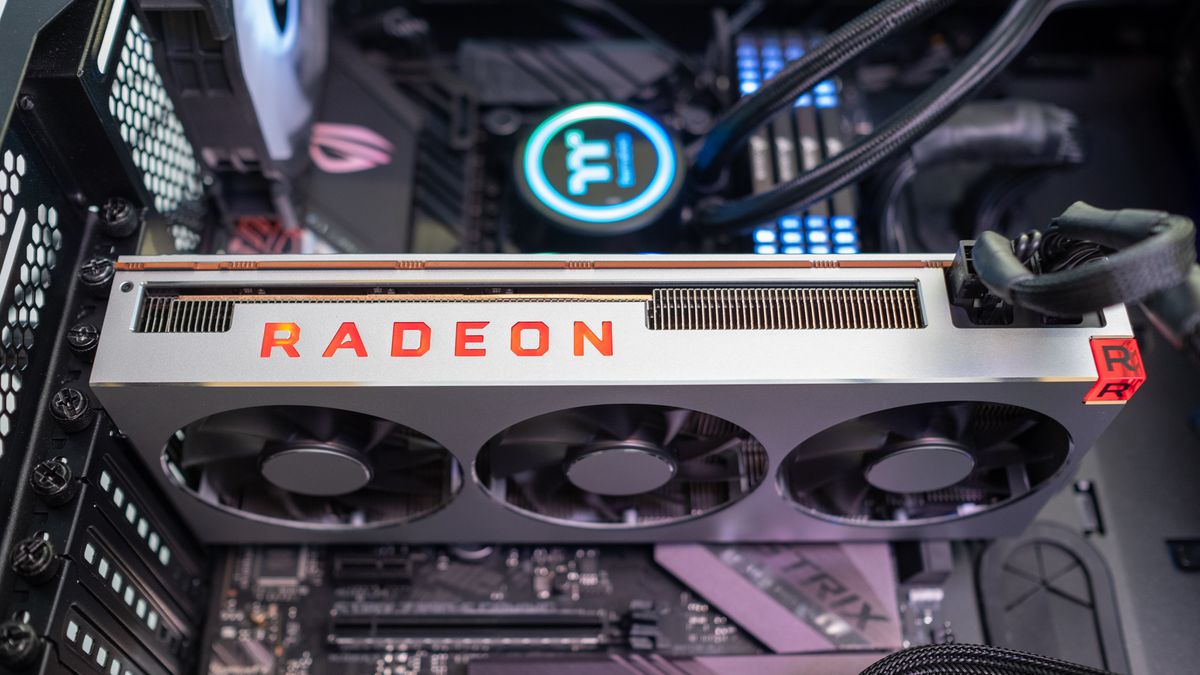TechRadar Verdict
While the Radeon VII doesn’t feature any new fangled ray tracing or AI technology, AMD’s focus on power and vast amounts of video memory make it one of the best graphics cards for gaming.
Pros
- +
Keeps pace with Nvidia RTX 2080
- +
Useful extra VRAM
- +
Runs cooler than Nvidia RTX
Cons
- -
Troubling DirectX 12 performance
- -
No Crossfire support
- -
Power hungry
Why you can trust TechRadar
The entire computing world has been waiting with bated breath for something like the AMD Radeon VII, Team Red’s return to high-end desktop graphics. Thankfully, the days of the 7nm GPU are finally upon us, with more to come soon as the AMD Navi cards are slated for release on July 7.
The wait has indeed been worth it, considering that the AMD Radeon VII goes head to head with the Nvidia GeForce RTX 2080, even managing to beat it in a few areas, becoming one of the best graphics cards on the market, especially for creatives.
With a whopping 16GB of video memory (VRAM) and a high boost clock of 1,800MHz, the AMD Radeon VII is an extremely powerful graphics card indeed – despite a few early teething problems with DirectX 12 incompatibilities.
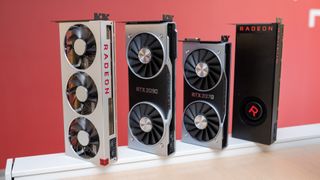
Pricing and availability
The AMD Radeon VII currently starts at $679 (about £540, AU$970). That’s quite a bit more expensive than AMD’s previous flagship GPU, the Radeon Vega 64, which now starts at $399 (about £320, AU$570).
That said, AMD considers the Radeon VII’s direct competitor to be the Nvidia GeForce RTX 2080, which costs between as little as $699 (£649, AU$1,119), or up to $1,135 (about £910, AU$1,630) for the 11GB GDDR6, RGB LED Blower Edition.
We have seen some reports that the Radeon VII would release in limited quantity, but at the time of writing there are more than enough AMD Radeon VII cards to go around. Also, there are many third-party cards out there, with ASRock being one of the first brands to put up its Phantom Gaming X model of the Radeon VII on its site for February 7 release.
From what we can tell, the Radeon VII has been readily available around the world since its release, but we’ll be sure to update this bit if anything changes.
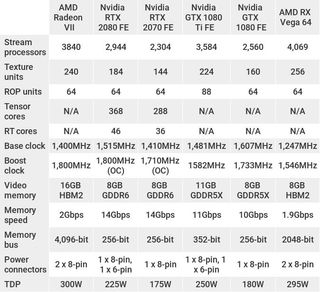
Specifications and features
The Radeon VII was the first graphics card to be built on AMD’s – or anyone’s, really – 7nm architecture. Comparatively, the Nvidia’s Turing architecture just managed to hit 12nm. According to AMD, its new 7nm process allows this GPU to increase performance by 25% overall over last year’s model without requiring any more power.
This GPU also touts twice as much video memory as the previous model with a whopping 16GB of HBM2 VRAM. The only other graphics card to feature more video memory than that is the $2,499 (£2,399, AU$3,999) Nvidia Titan RTX.
That might sound like an absurd amount of VRAM, but high-res games already often require more than 8GB of memory. All of that HBM2 memory is also going to appeal to creative and professional users who use applications like Adobe Lightroom and Sony Vegas.
The Radeon VII also features 3,840 of AMD’s Graphics Core Next (GCN) cores and a maximum boost clock of 1,800MHz – about 300MHz faster than the Vega 64 – matching the factory overclock Nvidia applies to the Founders Edition version of the GeForce RTX 2080.
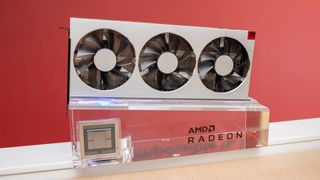
Although the Radeon VII doesn’t feature any dedicated ray tracing cores, AMD has told and shown us that it will be able to handle ray tracing production work even better than Nvidia’s RTX 20-series cards, not to mention support DirectML as an alternative to Nvidia’s Tensor Core and AI-driven DLSS anti-aliasing technology.
Sadly, the Radeon VII will only ever feature a PCIe 3.0 connector despite the fact that Ryzen 3rd Generation processors will support PCIe 4.0 technology, which will double the throughput of connected devices. (For the time being, PCIe 4.0 technology will be first used in conjunction with SSDs to unlock even faster data transfer speeds.)
We’re also a bit disappointed that the Radeon VII won’t support CrossFire, AMD’s technology for tethering multiple graphics cards together, but we can hardly blame the company for not including it. We imagine it would be a bear to get 32GB or more of video memory to work together nicely.








CPU: 3.7Ghz Intel Core i7-8700K (hexa-core, 12MB cache, up to 4.7GHz)
RAM: 32GB Vengeance LED DDR4 (3,200MHz)
Motherboard: Asus ROG Strix Z390-E Gaming
Power Supply: Corsair RM850x
Storage: 512GB Samsung 960 Pro M.2 SSD (NVMe PCIe 3.0 x4)
Cooling: Thermaltake Floe Riing 360 TT Premium Edition
Case: Corsair Crystal Series 570X RGB
Operating system: Windows 10
Performance
As we hoped, the Radeon VII is an impressive graphics card that beats the Nvidia RTX 2080 – though, only in some areas without outright destroying its competitor. It runs neck-and-neck with its green-tinted rival on the Fire Strike (Ultra) DirectX 11-based benchmarks but falters on the DirectX 12-based TimeSpy (Extreme) scores.
For these reasons, the Radeon VII didn’t wow us with amazing frame rates in our gaming benchmarks, which we all run in DirectX 12 mode. We hope AMD will improve capability with the DirectX 12 with upcoming driver updates, as it’s the latest suite of tools used by most game developers.
Despite these hangups, the Radeon VII represents a major generational leap over the Radeon Vega 64. Across our synthetic testing, we saw dramatically higher scores while games ran five to 15 frames per second (fps) faster. Still, these improvements weren’t nearly as stark as the jump from the Nvidia GTX 1080 to the RTX 2080.




Outside of our benchmark testing, we are amazed by how useful the Radeon VII’s 16GB of video memory is with modern gaming. Despite what you might think, plenty of games running at high-res and Ultra settings already use more than 8GB of memory.
The Radeon VII ran Battlefield V at 4K resolution and Ultra quality settings using up to 14GB of VRAM, but ran like a charm with frame rates well above 60 fps. Resident Evil 2 was even more of a hog, chewing through 21GB of video memory – pulling 16GB from the Radeon VII and 5GB of system memory – when maxed out at 4K and even then, the card managed to run the game at an impressive 45-60 fps.
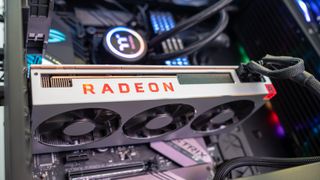
Final verdict
The Radeon VII isn’t the graphics card that puts AMD back on top, but it was definitely the beginning of its ascent and powerful enough to put Nvidia on notice.
While it doesn’t feature any new fangled RT or AI cores, this graphics card packs a ton of video memory that’s actually necessary for modern, high-end games and useful for creative applications.
If you’re not interested in the ray tracing future Nvidia is trying to sell, and want a powerful graphics card on the same level as an RTX 2080, the Radeon VII could be the graphics card for you.
Image Credit: TechRadar
Kevin Lee was a former computing reporter at TechRadar. Kevin is now the SEO Updates Editor at IGN based in New York. He handles all of the best of tech buying guides while also dipping his hand in the entertainment and games evergreen content. Kevin has over eight years of experience in the tech and games publications with previous bylines at Polygon, PC World, and more. Outside of work, Kevin is major movie buff of cult and bad films. He also regularly plays flight & space sim and racing games. IRL he's a fan of archery, axe throwing, and board games.
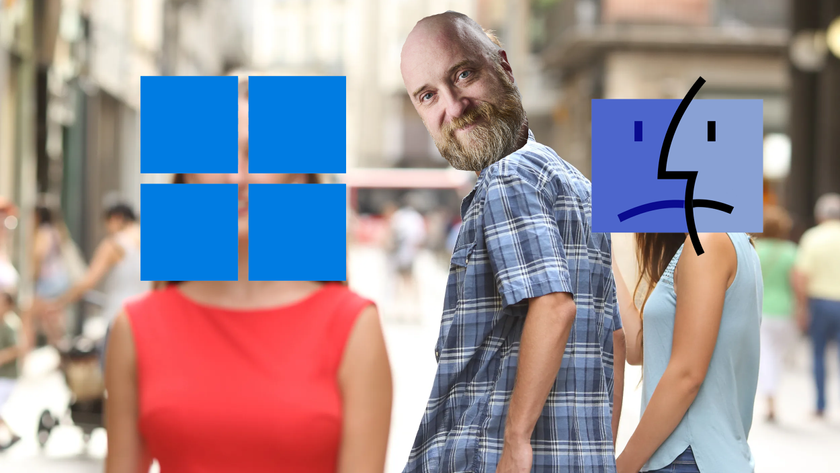
I started using a Mac full time for work – but these are the things I missed from Windows 11 that made me switch back
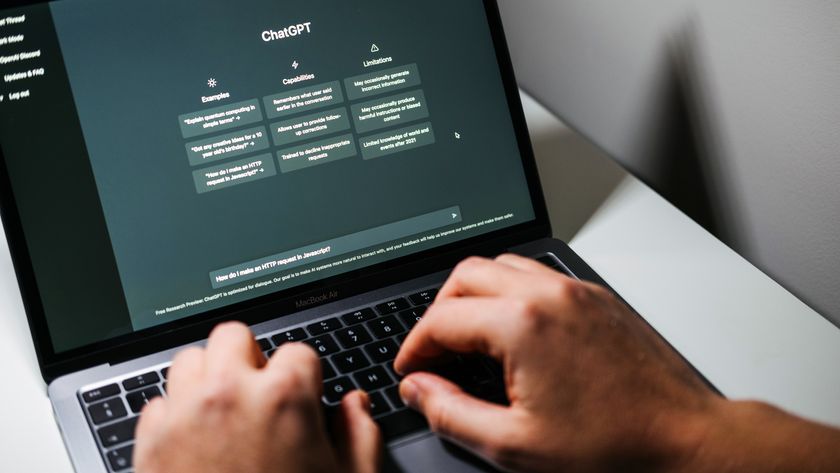
Here are 3 settings I always use every time I talk to ChatGPT that make it more productive
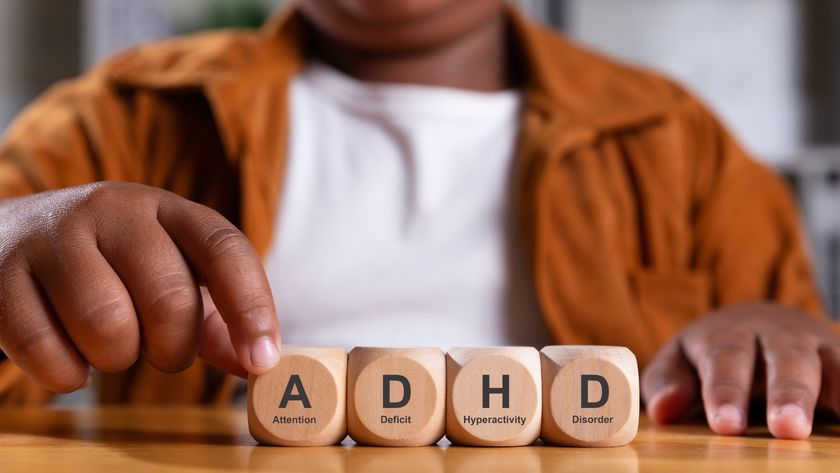
How I use AI to help my ADHD - 5 tools that will help you keep on top of life and 1 mistake to watch out for
